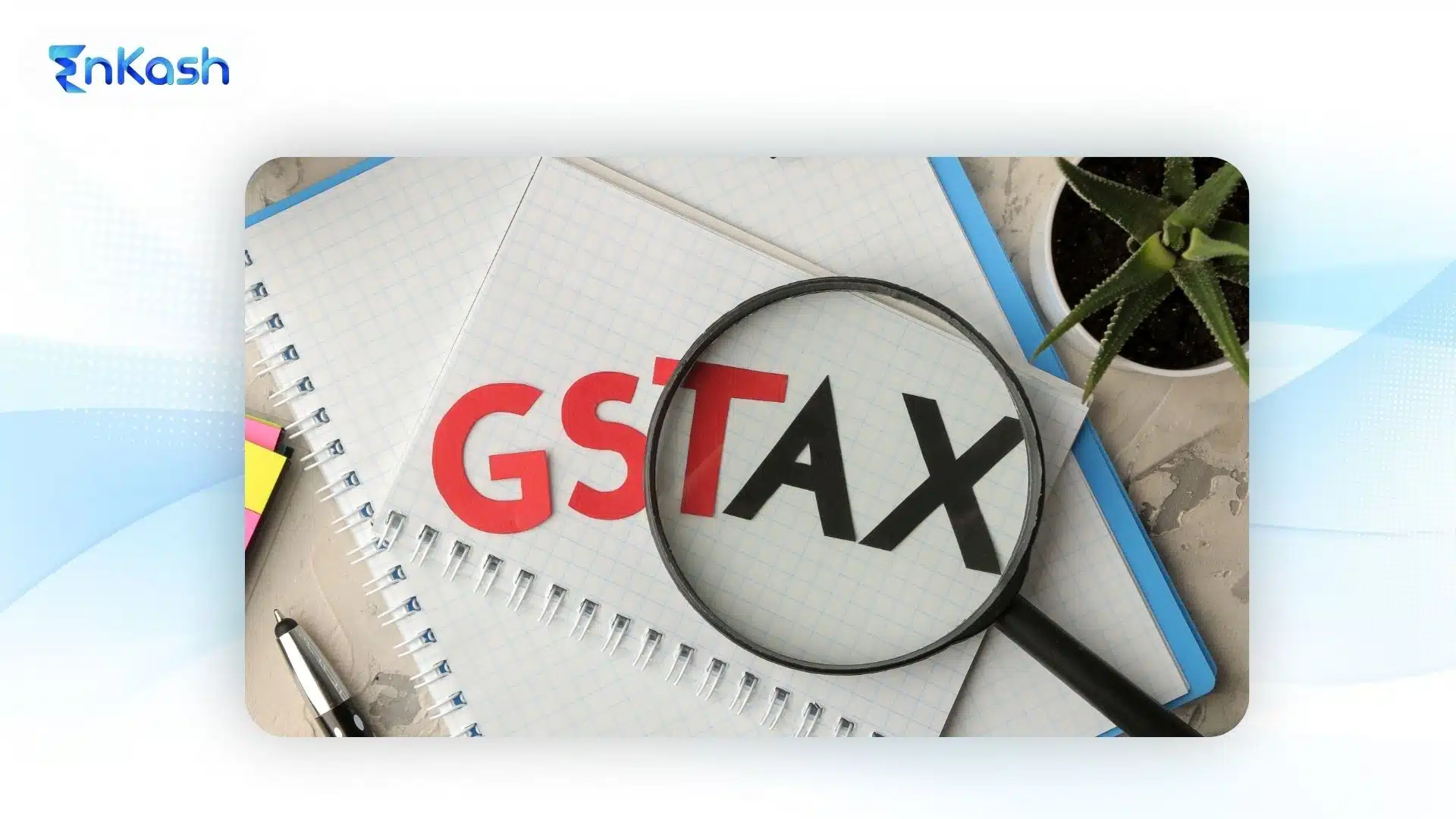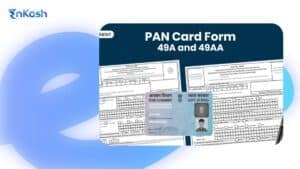The 56th GST Council meeting, held on 3rd September 2025, has introduced some of the most impactful changes to India’s indirect tax system since the rollout of GST in 2017. With an emphasis on simplification, affordability, and ease of compliance, these updates will affect individuals, households, and businesses across industries.
The new GST rates and reforms will come into effect from 22nd September 2025 (just ahead of the festive season and Navratri). Here’s a detailed breakdown of the latest GST updates 2025, what they mean for you, and how businesses should prepare.
GST Rate Changes and Reforms: Highlights from the GST Council Meeting
1. GST Simplified to a Two-Slab Structure
One of the most significant announcements was the move to a two-slab GST rate structure:
- The earlier 12% and 28% slabs have been scrapped.
- India will now have only 5% and 18% GST rates.
- Items under the old 12% and 28% slabs have been reclassified under the new structure.
Why it matters: This simplification reduces confusion, cuts down classification disputes, and makes compliance smoother for both businesses and consumers.
2. GST Exemption on Insurance Premiums
The Council announced a complete exemption on GST for life and health insurance premiums, including:
- Individual health policies
- Family floater plans
- Senior citizen health insurance
Impact: Insurance premiums, which earlier attracted 18% GST, will now be GST-free, significantly reducing costs for households and encouraging broader insurance adoption.
3. Introduction of a 40% “Sin & Luxury” Levy
A new special GST rate of 40% has been introduced for:
- Pan masala
- Tobacco and cigarettes
- Sugary aerated drinks
Impact: This measure is aimed at discouraging the consumption of harmful products while creating an additional revenue stream for the government.
4. Reduced GST on Everyday Essentials
Households will feel the benefit of reduced rates on a wide range of essentials:
- Personal care: soaps, shampoos, toothpaste
- Packaged foods: noodles, pasta, sauces, namkeens
- Dairy products: butter, ghee, UHT milk, paneer
- Staples: Indian breads and other basic foods → now at 0% GST in many cases
Impact: This move directly lowers household expenditure, making everyday essentials more affordable.
5. GST Relief for Automobiles and Appliances
To boost consumption in critical sectors:
- Small cars & motorcycles (≤300cc): reduced to 18% GST (from 28%)
- Appliances like ACs, TVs, dishwashers: down to 18%
- Auto parts: brought under a uniform 18% GST rate
Impact: Lower taxes will encourage vehicle and appliance purchases, spurring demand in consumer durables and the auto sectors.
6. Hospitality Sector Support
Hotel stays priced at ₹7,500/night or below will now attract only 5% GST (without ITC).
Impact: This will encourage tourism and business travel, supporting the hospitality and tourism ecosystem.
7. Relief on Footwear and Apparel
- Footwear and apparel priced up to ₹2,500 have seen major GST cuts.
- The earlier 12% and 28% slabs for these items are abolished.
Impact: This change comes ahead of the festive season, making fashion and lifestyle shopping more affordable.
8. Compliance Made Easier for Businesses
In line with India’s Ease of Doing Business agenda, the Council has approved several compliance relaxations:
- GST registration within 3 working days for non-risky applicants
- Refunds processed within 7 days, benefitting exporters and SMEs
- Pre-filled GST return formats, reducing manual effort and errors
Impact: These reforms free up working capital, cut administrative overheads, and enhance compliance confidence.
9. Implementation Timeline
Most new rates will be effective from 22nd September 2025, just before Navratri. While certain tobacco-related items may continue at existing rates until further notification.
What Gets Cheaper After GST Revamp?
Food & Beverages
- Nil GST: chapati, paranthas, pizza bread, khakra, paneer, UHT milk
- 5% GST (down from 18%): butter, ghee, dry fruits, condensed milk, sausages, jam, fruit jellies, confectionery, pastries, biscuits, ice cream, namkeen, cereals, beverages with milk
- Plant-based milk & soya milk drinks: 5% (down from 12–18%)
Household Items & Appliances
- 5% GST: tooth powder, feeding bottles, utensils, kitchenware, umbrellas, bicycles, bamboo furniture, combs
- Personal care (down from 18%): soaps, shampoos, toothpaste, toothbrushes, talcum powder, hair oil, face powder
- Appliances: ACs, dishwashers, TVs: 18% (down from 28%)
Stationery & Education
- Nil GST: maps, charts, pencils, sharpeners, crayons, exercise books, erasers
- Footwear & Textiles
- Footwear & textiles: 5% (down from 12%)
Healthcare & Insurance
- Nil GST: life & health insurance premiums
- 5% GST (down from 12–18%): thermometers, medical-grade oxygen, diagnostic kits, reagents, glucometers, corrective spectacles
- Life-saving drugs & devices: 5% or nil
Hospitality & Travel
- Hotels ≤ ₹7,500/night: 5% (without ITC)
- Economy flight tickets: 5%
Vehicles & Auto Components
- Motorcycles ≤ 350cc:18% (down from 28%)
- Small hybrid cars: reduced GST benefits
- Electric vehicles → remain at 5%
- Petrol, LPG & CNG cars (≤1200cc, ≤4000cc) → 18%
- Diesel cars (≤1500cc, ≤4000mm) → 18%
- Auto parts → 18% (down from 28%)
Construction & Infrastructure
- Cement:18% (down from 28%)
- Sewing machines & parts: 5% (down from 12%)
Agriculture & Fertilisers
- Tractors, soil machinery, irrigation equipment: 5% (down from 12%)
- Fertilizer inputs (sulphuric acid, nitric acid, ammonia): 5% (down from 18%)
- Biopesticides & micronutrients: 5% (down from 12–18%)
- Tractor components (tyres, pumps, gearboxes, radiators, etc.): 5% (down from 18%)
Wellness & Lifestyle Services
Gyms, salons, yoga centers, spas: 5% (down from 18%)
What Gets Costlier?
While essentials are cheaper, the luxury & sin categories will see higher taxes:
- Aerated & caffeinated drinks: 40% (up from 28%)
- Sugar-added or flavored beverages: 40% (up from 18–28%)
- Luxury vehicles: Cars >1200cc & >4000mm, motorcycles >350cc, yachts, aircrafts → 40% levy
- Tobacco & tobacco products: Continue at 28% + cess; will move to 40% later
- Leisure & Gaming: Casinos, gambling, race clubs, lottery, online gaming, IPL tickets → 40% GST.
What These GST Updates Mean for Businesses
The GST changes announced on 3rd September 2025 have far-reaching implications:
- For consumers: lower household expenses on essentials, insurance relief, and cheaper travel & shopping.
- For businesses: simplified GST slabs, faster refunds, reduced compliance burdens, and potential demand revival across sectors like autos, FMCG, retail, and hospitality.
- For finance leaders: better cost optimization, need for quick system updates (ERP, billing software), and tighter monitoring of GST compliance in line with new rules.
Final Word
The GST Council’s September 2025 updates signal a decisive shift towards simplification, affordability, and ease of doing business. From a streamlined two-slab structure to exemptions and compliance relaxations, these measures will shape the way businesses and consumers engage with India’s tax system.
Effective from 22nd September 2025, these updates will redefine GST for individuals and enterprises alike.












